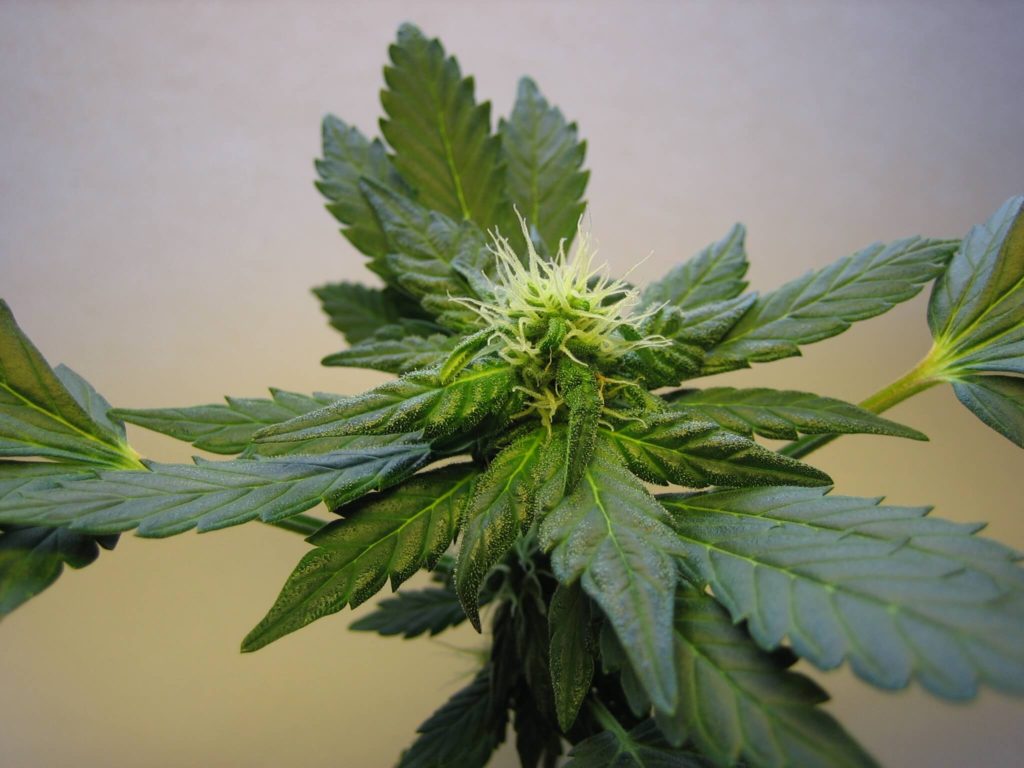Goat-powered weed control gives us pleasure, amusement and joy while eradicating weeds, enriching ecosystems and making people feel good just watching them do their goat thing.
Compared to toxic chemical control, the goats of the Rio Grande Trail are a benign and restorative blessing. The Roaring Fork Transit Agency deserves praise for using goats as part of its Integrated Weed Management Plan.
Goats are just plain fun to watch as they contentedly munch away on practically every stick and stem that sprouts along the trail. Unabashed by humans, they brazenly browse behind their innocuous electric fence, climbing the willows, sampling every leaf and stalk and giving the trail a truly pastoral atmosphere.
You can see them these days on the Rio Grande Trail around Carbondale. Just look for the white fence strung along the trail that acts as a mobile corral. You’ll see the goats up close and personal doing what goats do best — eating almost everything within reach.
Instead of goats, imagine the detriment a weed sprayer would make by toxifying the landscape with a cloud of poison, or if a mower were churning through the underbrush with the roar of an engine and the stench of exhaust.
Goats are low impact, and they provide as much entertainment as they provide in benefits: Goats address the problem — weeds — rather than just the symptoms; goats increase soil water-holding capacity and organic matter; goats are self-propelled, providing tillage through hoof action while building soil nutrition; goats select specific plant species, augment soil microbes, and recycle plant material on-site; goats provide weed control that’s safe for all living things.
Starting in mid-August, RFTA contracted for two separate herds of approximately 225 goats in each, or 450 total. One herd started near Glenwood Springs and the other near Basalt, working to meet in the middle and covering about 20 miles of the old Rio Grande Railroad corridor over the course of about 35 days.
This is the third year RFTA has contracted with Goat Green, LLC, whose head herder, Lani Malmberg, has been professionally grazing goats for 20 years. The goats are controlled by electric fencing and herded by border collies.
Most trail users are curious about the goats, so they have become a pastime for cycling voyeurs. Groups of curious humans watch herds of equally curious goats happily dining on savory fare like willow leaves, thistle, hounds tongue, leafy spurge and a wide variety of undesirable plants that choke the undergrowth and threaten agricultural fields.
RFTA, the same entity that runs the valley’s excellent bus system, has oversight on the Rio Grande Trail as part of its transit mission. Passersby are asked to move off the trail while watching the goats, keep dogs on leashes and not touch the electric fence.
Goat power is part of the RFTA mission of trying to shift the paradigm away from spraying toxic and harmful herbicides and instead utilize goats to graze and build soil health. According to a study by Drew Toher of Beyond Pesticides, Washington D.C., the presence of unwanted vegetation along the Rio Grande Trail is a symptom of broader problems with soil health.
“Restoring landscapes doesn’t just mean getting rid of noxious weeds and invasive species,” he writes. “In order to restore the land, it is critical to focus on repairing the biological life of the soil. Herbicide use is simply a way to treat symptoms, while the use of goats will address the factors that cause weeds and other invasive species to appear in the first place.”
Herbicides suppress problem vegetation, but they fail to remediate the soil and only perpetuate conditions that lead to weed infestations. Goats achieve both goals as their hooves churn and aerate the soil adding slow-release nutrients and beneficial microbes through their urine and waste.
Goats are ultimately more efficient than chemical treatments, both for the long and short term. It costs less to graze goats than to broadcast toxic chemicals, and it’s better for the soil, for the groundwater and for the web of life.
In sum, goats are beautiful, mesmerizing, beneficial animals that give unique entertainment to appreciative trail users.
Credit: www.aspentimes.com













